
Teaching and learning resources for the construction industry with NVQ and Diploma Assessment Criteria
Understanding dimensions and tolerances in brick manufacturing will help you to gauge and set out your brickwork correctly.
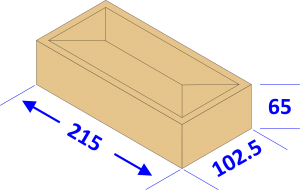
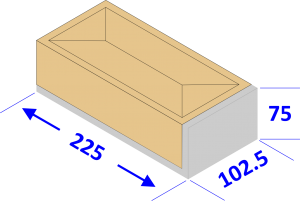
All brickwork dimensions are then determined by one of 3 conditions.
1. Brick + 2 joints CO+ e.g. door and window openings
2. Brick + 1 joint CO brick panel with opposite return end
3. Brick only CO- brick piers or panels between openings

Architects when designing work from horizontal and vertical brick dimension tables to minimise the number of cuts during the construction.
Therefore, there are three different combinations when setting out or measuring bricks and mortar as follows;
CO+ Brick + 2x10mm mortar joints
CO Brick + 1x10mm mortar joint
CO- Brick dimension only
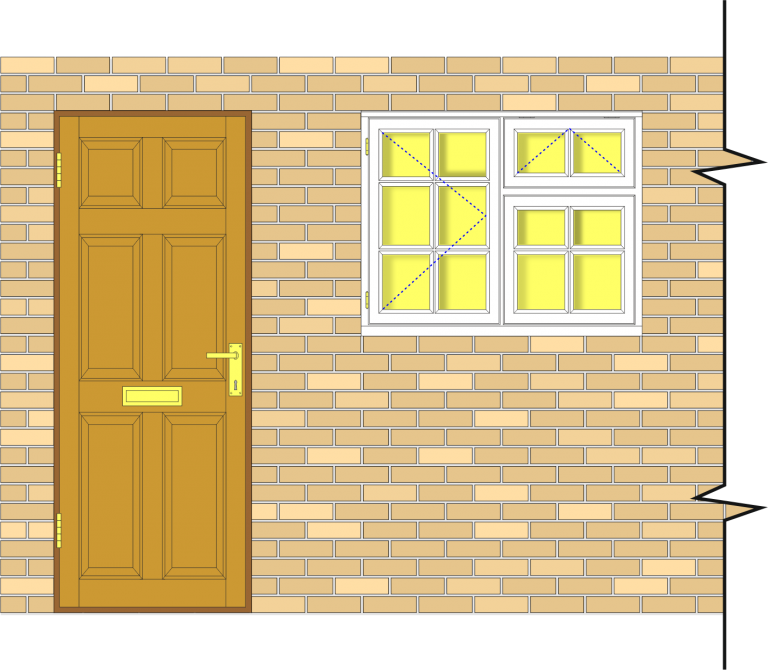
You will find most manufacturers of windows and doors make their components to multiple brick sizes or If needed reduce it by half a brick to minimise cuts, vertical measurements on multiples of 75 mm which is the height of co-ordinating size of a brick.
You will notice in the above drawing that the door frame is 3 ½ bricks wide with the top of the door frame in line with the bed joint.
The window, on the other hand, is five bricks long and once again the header of the window is in line with the bed joint.
The height of the door frame and the header of the window would be marked out on your storey rod which we will be talking about shortly.
A brick is given a classification based on how it is laid, and how the exposed face is oriented relative to the face of the finished wall.
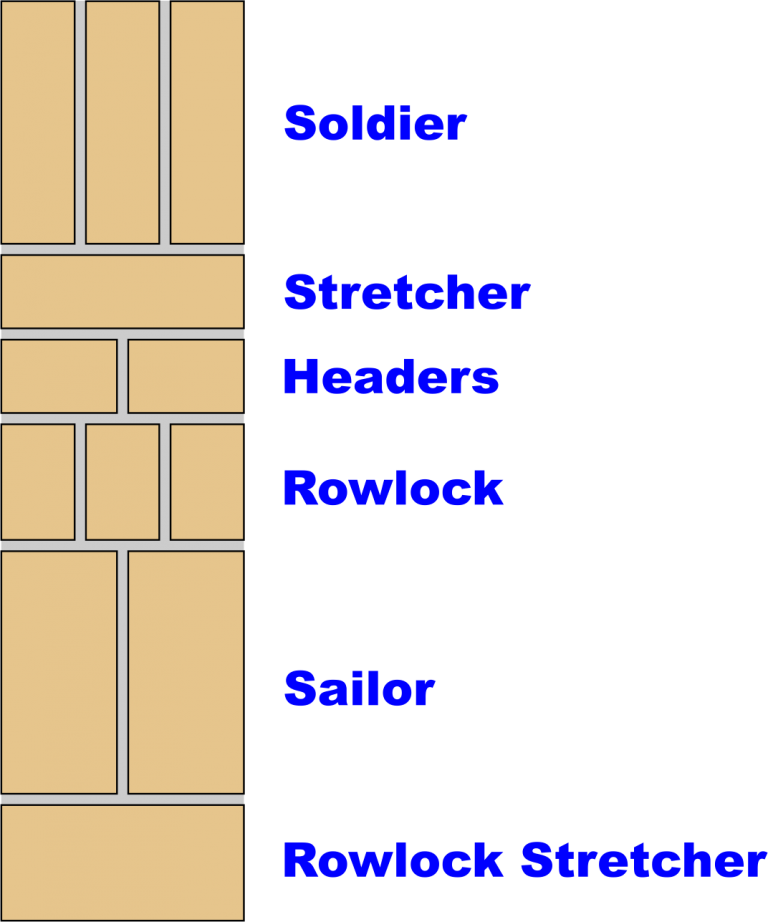
Soldier
A brick laid vertically with its long narrow side exposed.
Stretcher
A brick laid flat with its long narrow side exposed.
Header
A brick laid flat with its width exposed.
Rowlock
A brick laid on the long narrow side with the short end of the brick exposed.
Sailor
A brick laid vertically with the broad face of the brick exposed.
Rowlock Stretcher
A brick laid on the long narrow side with the broad face of the brick exposed.
British standards impose limits on dimensional variation of clay bricks with 24 bricks test, there are three types of tests Stretchers to Stretchers, Header to Header and Bricks on Edge.
Remove any blisters, small projections or loose particles of clay adhering to each brick before starting.
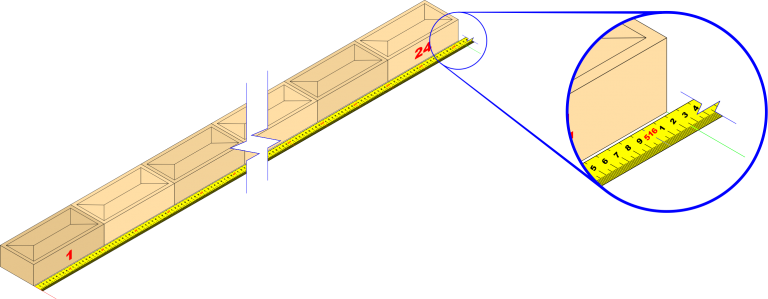
24 Stretchers to Stretchers Touching maximum permitted deviation of + or – 75mm
Working Size = 215mm
24 x 215 = 5160mm
24 Header to Header Touching maximum permitted deviation of + or – 45mm
Working Size = 102.5mm
24 x 102.5 = 2460mm
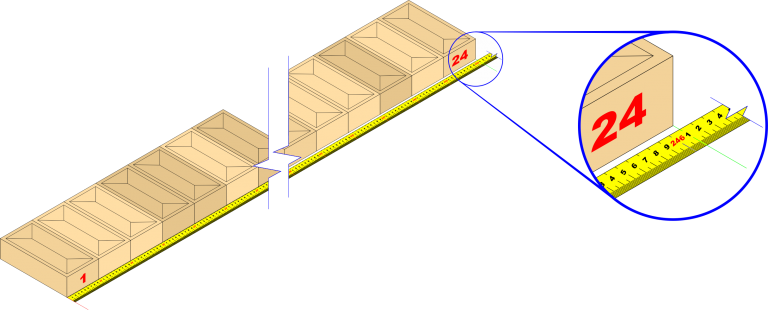
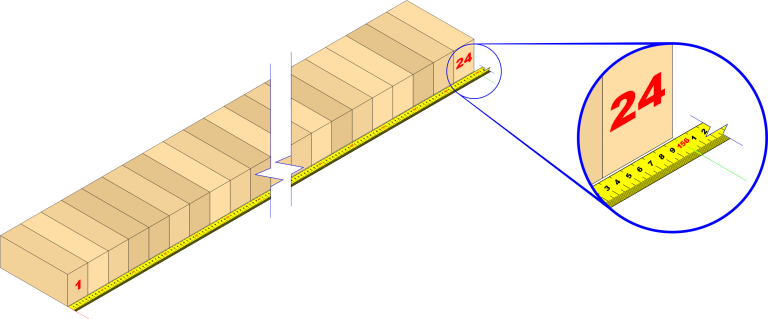
24 Bricks on Edge Touching maximum permitted deviation of + or – 45mm
Working Size = 65mm
24 x 65 = 1560mm